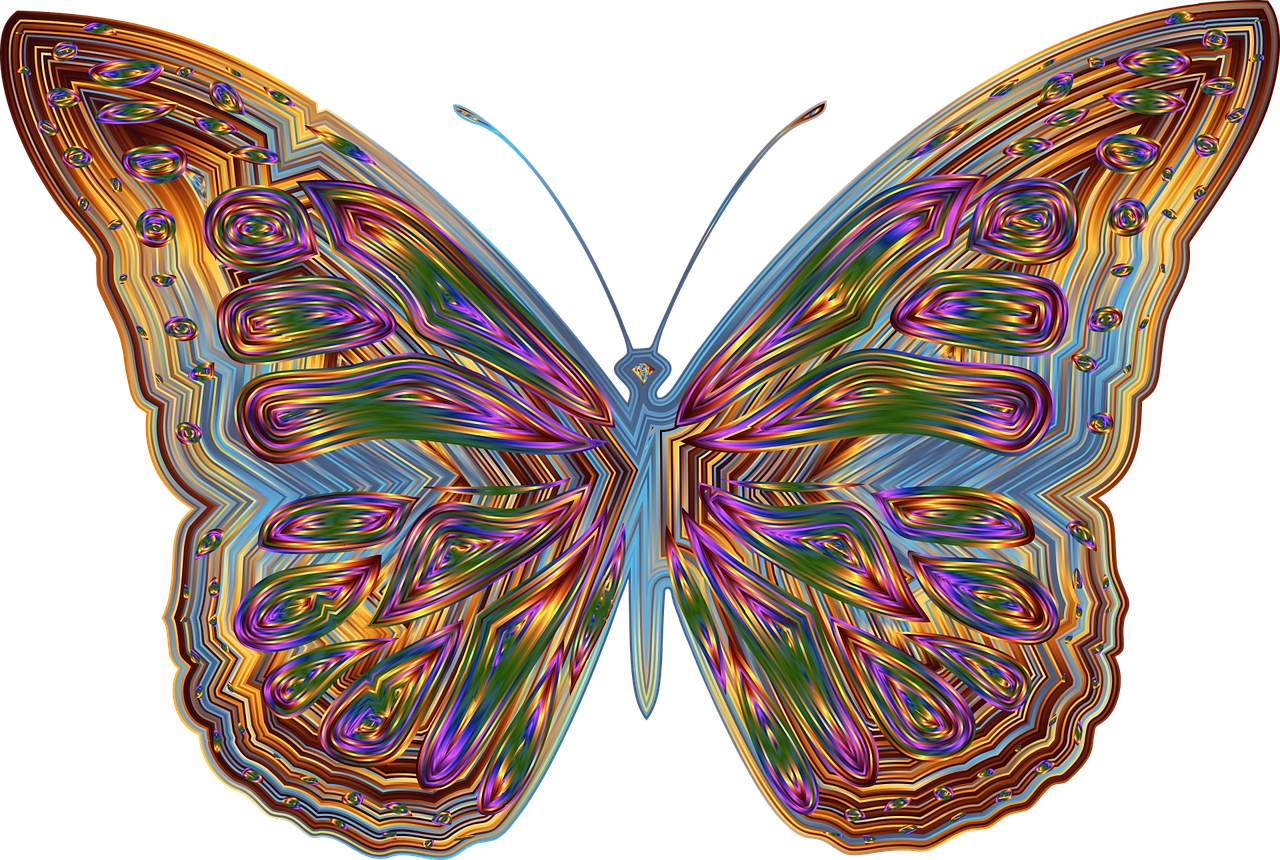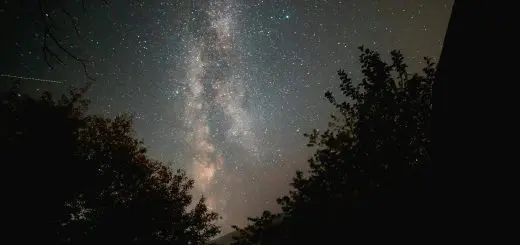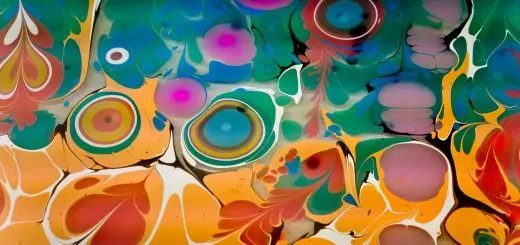Exploring the Afterlife in Andean Culture: Apus

Before diving in, please note: This post is for informational purposes only. If you’d like to know more about how we approach topics, feel free to check out our friendly Disclaimer Page.
Hey there, amazing readers! 
We’re committed to delivering quality posts, and your support (even just sticking around despite the ads) means everything to us. So, bear with us, and thanks for helping us keep the good vibes rolling. Now, on to the fun stuff!
TRANSLATE BUTTON AT THE END OF THE ARTICLE
A Quick Overview
In Andean culture, beliefs about the afterlife are deeply rooted in the spiritual connection between humans and nature.
Central to these beliefs are the Apus, sacred mountain spirits that play a vital role in guiding souls to the next realm.
The worship of Apus has been a significant aspect of Andean culture for centuries, shaping rituals, art, and storytelling.
This article will delve into the fascinating world of Apus, exploring their origins, symbolism, rituals, and their enduring presence in modern Andean society.
Introduction to Andean Afterlife Beliefs
Andean afterlife beliefs are intricately intertwined with the natural world, with the belief that the spirits of the deceased continue to exist in the mountains, lakes, and forests.
The Andean people view death not as the end of life but as a transition to another existence where the soul journeys to the realm of the Apus.
This connection between the living and the afterlife is a fundamental aspect of Andean spirituality, shaping their worldview and daily practices.
The Role of Apus in Andean Culture
Apus are revered as powerful deities in Andean culture, serving as protectors of the land and guardians of the people.
They are believed to possess immense spiritual energy and wisdom, guiding individuals on their spiritual journey and facilitating communication between the human and spiritual realms.
The Apus are seen as benevolent beings who offer blessings, protection, and guidance to those who honor and respect them.
Origins of Apus Worship
The worship of Apus can be traced back to ancient Andean civilizations such as the Incas, who held the mountains in high regard as sacred beings.
The reverence for Apus was deeply ingrained in Incan society, with rituals and ceremonies dedicated to honoring these sacred mountain spirits.
Over time, the worship of Apus became a central aspect of Andean cosmology, with each mountain peak believed to house a distinct deity with its own unique powers and attributes.
Apus as Sacred Mountains
In Andean culture, mountains are not merely physical landmarks but living entities with their own consciousness and spiritual significance.
The Apus are believed to reside within the mountain peaks, serving as intermediaries between the earthly realm and the afterlife.
These sacred mountains are revered as sources of strength, healing, and spiritual renewal, with pilgrimages to their summits considered transformative journeys of self-discovery and connection with the divine.
Journeying to the Afterlife
For the Andean people, death is not seen as a finality but as a passage to the afterlife, where the soul embarks on a journey guided by the Apus.
It is believed that the souls of the deceased must traverse treacherous landscapes and overcome various obstacles to reach the realm of the Apus, where they will find eternal peace and fulfillment.
Rituals and offerings are made to appease the Apus and ensure a safe passage for the departed souls to their final destination.
Rituals to Honor the Apus
Rituals to honor the Apus are an integral part of Andean spiritual practices, with ceremonies held to pay homage to these sacred mountain spirits.
Offerings of coca leaves, flowers, and other symbolic items are made to the Apus as a sign of respect and gratitude.
Pilgrimages to mountain peaks are also common, with individuals seeking blessings, protection, and guidance from the Apus in times of need.
These rituals help to strengthen the spiritual bond between the living and the afterlife, fostering a sense of harmony and balance in the natural world.
Apus in Modern Andean Society
Despite the influences of modernity and colonialism, the worship of Apus remains a vibrant aspect of Andean culture, deeply embedded in the beliefs and practices of the indigenous communities.
Many Andean people continue to honor and respect the Apus through rituals, ceremonies, and art, keeping alive the ancient traditions passed down through generations.
The Apus serve as a source of spiritual guidance and inspiration, offering solace and protection in times of adversity.
Stories of Apus Encounters
Throughout Andean folklore and mythology, there are numerous stories of encounters with the Apus, depicting their wisdom, power, and influence in the lives of the people.
Tales of individuals seeking guidance from the Apus, receiving blessings, and overcoming challenges with their help are common in Andean storytelling.
These stories serve to reinforce the importance of honoring and respecting the Apus, recognizing their role as benevolent beings who watch over the land and its inhabitants.
Symbolism of Apus in Andean Art
The Apus are a prominent motif in Andean art, depicted in paintings, textiles, and pottery as majestic mountain spirits with human-like features.
They are often portrayed with offerings in their hands, symbolizing the reciprocal relationship between humans and the divine.
The imagery of the Apus in Andean art serves as a visual representation of the spiritual connection between the earthly realm and the afterlife, capturing the essence of reverence and awe towards these sacred mountain deities.
Impact of Spanish Colonization
The arrival of the Spanish conquistadors in the Andean region brought significant changes to the indigenous cultures, including the suppression of traditional beliefs and practices associated with the Apus.
The imposition of Catholicism and the destruction of sacred sites led to the marginalization of Andean spirituality, forcing many indigenous people to practice their beliefs in secret.
Despite these challenges, the worship of Apus persisted, adapting to the new religious and cultural landscape while retaining its core spiritual essence.
Comparing Apus with Other Afterlife Beliefs
The concept of the Apus as sacred mountain spirits bears similarities to the beliefs of other indigenous cultures around the world, where natural landmarks are revered as divine beings with the power to influence human affairs.
In Native American traditions, for example, mountains are seen as sacred places inhabited by spirits that offer protection and guidance to the people.
These parallels highlight the universal human experience of seeking connection with the natural world and acknowledging the presence of spiritual forces beyond the physical realm.
Preserving Andean Afterlife Traditions
In recent years, there has been a renewed interest in preserving and revitalizing Andean afterlife traditions, including the worship of the Apus.
Indigenous communities are actively working to reclaim their cultural heritage, reviving ancient rituals, ceremonies, and art forms associated with the sacred mountain spirits.
Efforts are being made to educate younger generations about the significance of the Apus in Andean cosmology, ensuring that these traditions continue to thrive and evolve in the face of modern challenges.
Conclusion
Exploring the afterlife in Andean culture through the lens of the Apus reveals a rich tapestry of beliefs, rituals, and stories that illuminate the spiritual connection between humans and nature.
The reverence for these sacred mountain spirits has endured for centuries, shaping the worldview and practices of the Andean people.
By honoring and respecting the Apus, individuals forge a deep bond with the natural world, fostering harmony, balance, and spiritual fulfillment in their lives.
The legacy of the Apus lives on in the hearts and minds of those who continue to uphold the ancient traditions of Andean spirituality.

The Enlightenment Journey is a remarkable collection of writings authored by a distinguished group of experts in the fields of spirituality, new age, and esoteric knowledge.
This anthology features a diverse assembly of well-experienced authors who bring their profound insights and credible perspectives to the forefront.
Each contributor possesses a wealth of knowledge and wisdom, making them authorities in their respective domains.
Together, they offer readers a transformative journey into the realms of spiritual growth, self-discovery, and esoteric enlightenment.
The Enlightenment Journey is a testament to the collective expertise of these luminaries, providing readers with a rich tapestry of ideas and information to illuminate their spiritual path.
Our Diverse Expertise
While our primary focus is on spirituality and esotericism, we are equally passionate about exploring a wide range of other topics and niches 

To ensure we provide the most accurate and valuable insights, we collaborate with trusted experts in their respective domains 
Our blog originally focused on spirituality and metaphysics, but we’ve since expanded to cover a wide range of niches. Don’t worry—we continue to publish a lot of articles on spirituality! Frequently visit our blog to explore our diverse content and stay tuned for more insightful reads.

































































